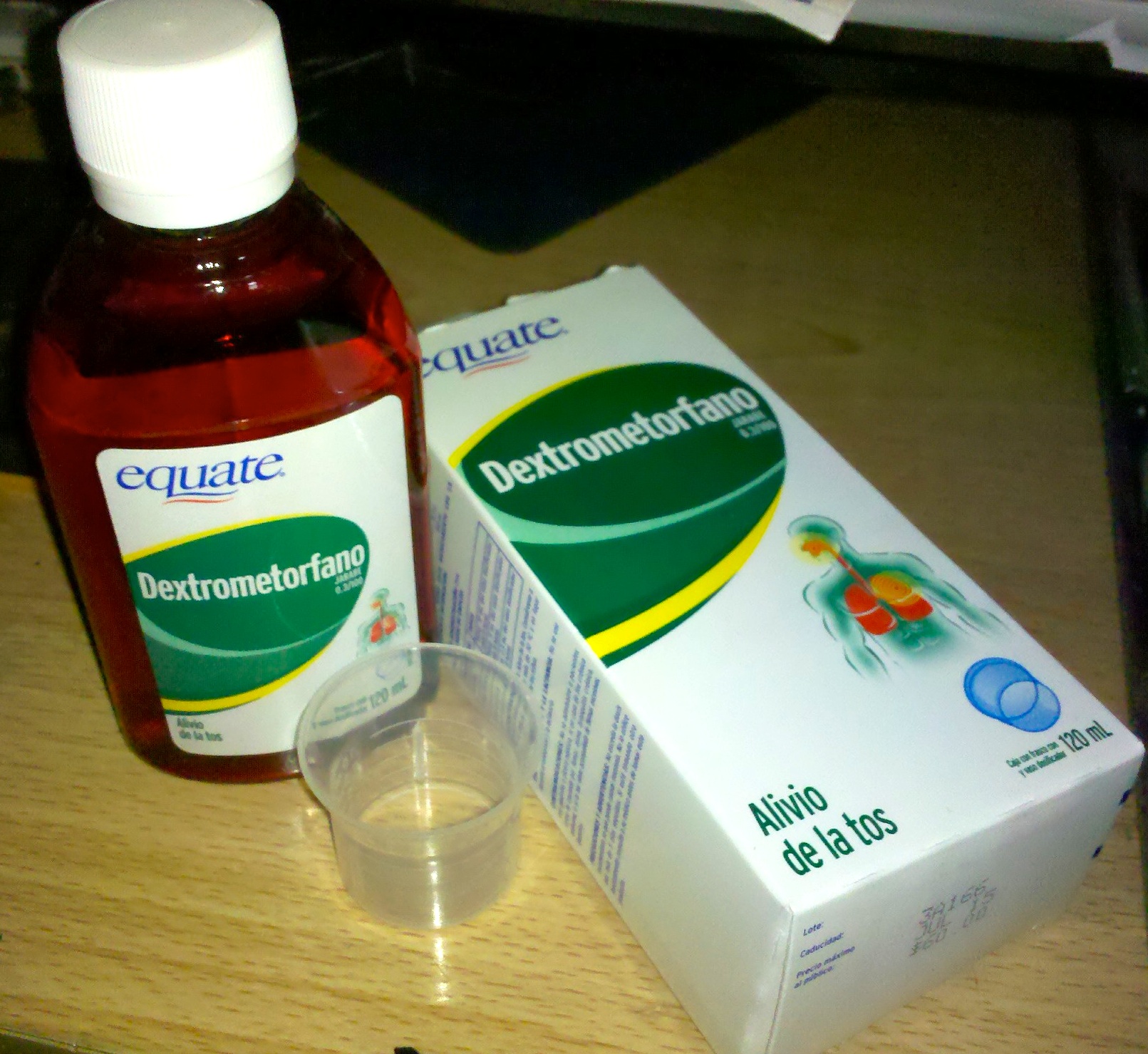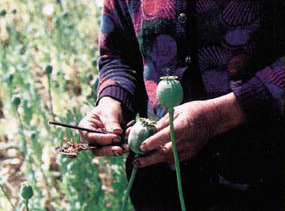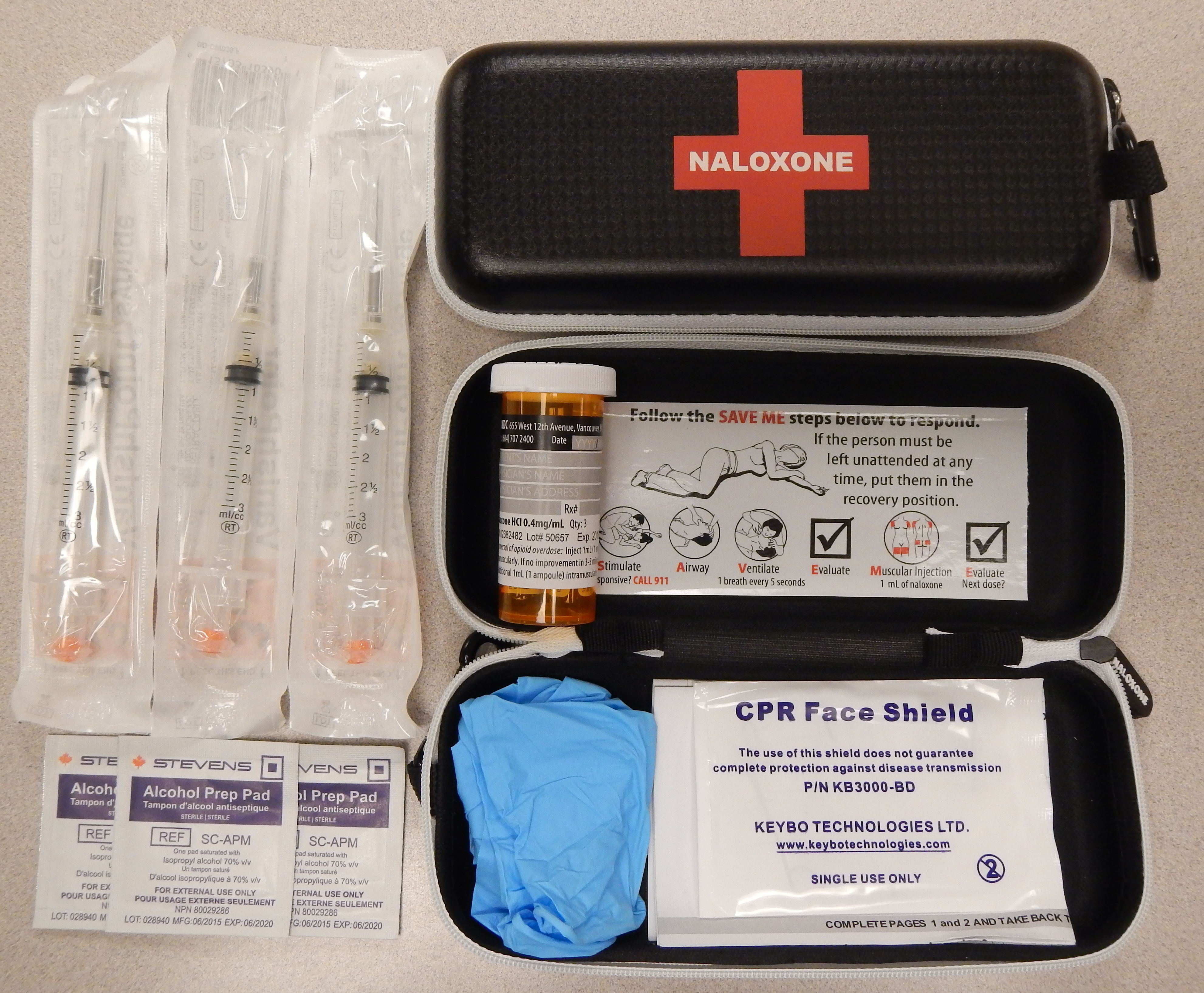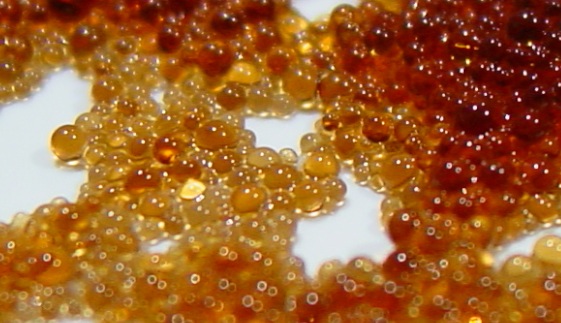|
Recreational Use Of Dextromethorphan
Dextromethorphan, or DXM, a common active ingredient found in many over-the-counter cough suppressant cold medicines, is used as a recreational drug and entheogen for its dissociative effects. Street names include Brownies, Dextro, Drix, Gel, Groove, Lean, Mega-perls, Poor man's ecstasy, Poor man's PCP, Red devils, Robo, Rojo, Rome, Skittles, Sizzurp, Triple Cs, reds, Sky and Velvet. It has almost no psychoactive effects at medically recommended doses. However, dextromethorphan has powerful dissociative and euphoric properties when administered in doses well above those considered therapeutic for cough suppression. Recreational use of DXM is sometimes referred to in slang form as "robo-tripping" or "skittling", whose prefix derives from the Robitussin brand name, or "Triple Cs", which derives from the Coricidin brand whose tablets are printed with "CC+C" for "Chest Congestion and Cough". However, this brand presents additional danger when used at recreational doses due to the pre ... [...More Info...] [...Related Items...] OR: [Wikipedia] [Google] [Baidu] |
Dextromethorphan Tablet-15
Dextromethorphan, sold under the brand name Robitussin among others, is a cough suppressant used in many cough and cold medicines. In 2022, the US Food and Drug Administration (FDA) approved the combination dextromethorphan/bupropion to serve as a rapid-acting antidepressant in people with major depressive disorder. It is in the morphinan class of medications with sedative, dissociative, and stimulant properties (at lower doses). Dextromethorphan does not have a significant affinity for the mu-opioid receptor activity typical of morphinan compounds and exerts its therapeutic effects through several other receptors. In its pure form, dextromethorphan occurs as a white powder. When exceeding approved dosages, dextromethorphan acts as a dissociative hallucinogen. It has multiple mechanisms of action, including actions as a nonselective serotonin reuptake inhibitor and a sigma-1 receptor agonist. Dextromethorphan and its major metabolite, dextrorphan, also block the NMDA receptor ... [...More Info...] [...Related Items...] OR: [Wikipedia] [Google] [Baidu] |
Phencyclidine
Phencyclidine or phenylcyclohexyl piperidine (PCP), also known in its use as a street drug as angel dust among other names, is a dissociative anesthetic mainly used recreationally for its significant mind-altering effects. PCP may cause hallucinations, distorted perceptions of sounds, and psychotic behavior. As a recreational drug, it is typically smoked, but may be taken by mouth, snorted, or injected. It may also be mixed with cannabis or tobacco. Adverse effects may include paranoia, addiction, and an increased risk of suicide, as well as seizures and coma in cases of overdose. Flashbacks may occur despite stopping usage. Chemically, PCP is a member of the arylcyclohexylamine class. PCP works primarily as an NMDA receptor antagonist. PCP is most commonly used in the US. While usage peaked in the US in the 1970s, between 2005 and 2011, an increase in visits to emergency departments as a result of the drug occurred. As of 2022, in the US, about 0.7% of 12th-grade ... [...More Info...] [...Related Items...] OR: [Wikipedia] [Google] [Baidu] |
Opiates
An opiate is an alkaloid substance derived from opium (or poppy straw). It differs from the similar term ''opioid'' in that the latter is used to designate all substances, both natural and synthetic, that bind to opioid receptors in the brain (including antagonists). Opiates are alkaloid compounds naturally found in the opium poppy plant ''Papaver somniferum''. The psychoactive compounds found in the opium plant include morphine, codeine, and thebaine. Opiates have long been used for a variety of medical conditions, with evidence of opiate trade and use for pain relief as early as the eighth century AD. Most opiates are considered drugs with moderate to high abuse potential and are listed on various "Substance-Control Schedules" under the Uniform Controlled Substances Act of the United States of America. In 2014, between 13 and 20 million people used opioids recreationally, representing 0.3% to 0.4% of the global population between the ages of 15 and 65. According to the CDC, ... [...More Info...] [...Related Items...] OR: [Wikipedia] [Google] [Baidu] |
Intravenously
Intravenous therapy (abbreviated as IV therapy) is a medical technique that administers fluids, medications and nutrients directly into a person's vein. The intravenous route of administration is commonly used for rehydration or to provide nutrients for those who cannot, or will not—due to reduced mental states or otherwise—consume food or water by mouth. It may also be used to administer medications or other medical therapy such as blood products or electrolytes to correct electrolyte imbalances. Attempts at providing intravenous therapy have been recorded as early as the 1400s, but the practice did not become widespread until the 1900s after the development of techniques for safe, effective use. The intravenous route is the fastest way to deliver medications and fluid replacement throughout the body as they are introduced directly into the circulatory system and thus quickly distributed. For this reason, the intravenous route of administration is also used for the consump ... [...More Info...] [...Related Items...] OR: [Wikipedia] [Google] [Baidu] |
Naloxone
Naloxone, sold under the brand name Narcan among others, is an opioid antagonist, a medication used to reverse or reduce the effects of opioids. For example, it is used to restore breathing after an opioid overdose. Effects begin within two minutes when given intravenously, five minutes when injected into a muscle, and ten minutes as a nasal spray. Naloxone blocks the effects of opioids for 30 to 90 minutes. Administration to opioid-dependent individuals may cause symptoms of opioid withdrawal, including restlessness, agitation, nausea, vomiting, a fast heart rate, and sweating. To prevent this, small doses every few minutes can be given until the desired effect is reached. In those with previous heart disease or taking medications that negatively affect the heart, further heart problems have occurred. It appears to be safe in pregnancy, after having been given to a limited number of women. Naloxone is a non-selective and competitive opioid receptor antagonist. It revers ... [...More Info...] [...Related Items...] OR: [Wikipedia] [Google] [Baidu] |
Ion Exchange
Ion exchange is a reversible interchange of one species of ion present in an insoluble solid with another of like charge present in a solution surrounding the solid. Ion exchange is used in softening or demineralizing of water, purification of chemicals, and separation of substances. Ion exchange usually describes a process of purification of aqueous solutions using solid polymeric ion-exchange resin. More precisely, the term encompasses a large variety of processes where ions are exchanged between two electrolytes. Aside from its use to purify drinking water, the technique is widely applied for purification and separation of a variety of industrially and medicinally important chemicals. Although the term usually refers to applications of synthetic (human-made) resins, it can include many other materials such as soil. Typical ion exchangers are ion-exchange resins (functionalized porous or gel polymer), zeolites, montmorillonite, clay, and soil humus. Ion exchangers are ei ... [...More Info...] [...Related Items...] OR: [Wikipedia] [Google] [Baidu] |
Flanging
Flanging is an audio signal processing, audio effect produced by mixing two identical audio signal, signals together, one signal delayed by a small and (usually) gradually changing period, usually smaller than 20 milliseconds. This produces a swept comb filter effect: peaks and notches are produced in the resulting frequency spectrum, related to each other in a linear harmonic series (music), harmonic series. Varying the time delay causes these to sweep up and down the frequency spectrum. A flanger is an effects unit that creates this effect. Part of the output signal is usually fed back to the input (a re-circulating Delay (audio effect), delay line), producing a resonance effect that further enhances the intensity of the peaks and troughs. The phase of the fed-back signal is sometimes inverted, producing another variation on the flanger sound. Origin As an audio effect, a listener hears a ''drainpipe'' or ''swoosh'' or ''jet plane'' sweeping effect as shifting sum-and-differ ... [...More Info...] [...Related Items...] OR: [Wikipedia] [Google] [Baidu] |
Psychosis
In psychopathology, psychosis is a condition in which a person is unable to distinguish, in their experience of life, between what is and is not real. Examples of psychotic symptoms are delusions, hallucinations, and disorganized or incoherent thoughts or speech. Psychosis is a description of a person's state or symptoms, rather than a particular mental illness, and it is not related to psychopathy (a personality construct characterized by impaired empathy and remorse, along with bold, disinhibited, and egocentric traits). Common causes of chronic (i.e. ongoing or repeating) psychosis include schizophrenia or schizoaffective disorder, bipolar disorder, and brain damage (usually as a result of alcoholism). Acute (temporary) psychosis can also be caused by severe distress, sleep deprivation, sensory deprivation, some medications, and drug use (including alcohol, cannabis, hallucinogens, and stimulants). Acute psychosis is termed primary if it results from a ... [...More Info...] [...Related Items...] OR: [Wikipedia] [Google] [Baidu] |
Closed-eye Hallucination
Closed-eye hallucinations and closed-eye visualizations (CEV) are hallucinations that occur when one's eyes are closed or when one is in a darkened room. They should not be confused with phosphenes, perceived light and shapes when pressure is applied to the eye's retina, or some other non-visual external cause stimulates the eye. Some people report CEV under the influence of psychedelics; these are reportedly of a different nature than the "open-eye" hallucinations of the same compounds. Similar hallucinations that occur due to loss of vision are called "visual release hallucinations". Levels of CEV perception There are five known levels of CEV perception which can be achieved either through chemical stimuli or through meditative relaxation techniques. Level 1 and 2 are very common and often happen every day. It is still normal to experience level 3, and even level 4; however, only a small percentage of the population does this without psychedelic drugs, meditation or extensive ... [...More Info...] [...Related Items...] OR: [Wikipedia] [Google] [Baidu] |
Euphoria
Euphoria ( ) is the experience (or affect) of pleasure or excitement and intense feelings of well-being and happiness. Certain natural rewards and social activities, such as aerobic exercise, laughter, listening to or making music and dancing, can induce a state of euphoria. Euphoria is also a symptom of certain neurological or neuropsychiatric disorders, such as mania. Romantic love and components of the human sexual response cycle are also associated with the induction of euphoria. Certain drugs, many of which are addictive, can cause euphoria, which at least partially motivates their recreational use. Hedonic hotspots – i.e., the pleasure centers of the brain – are functionally linked. Activation of one hotspot results in the recruitment of the others. Inhibition of one hotspot results in the blunting of the effects of activating another hotspot. Therefore, the simultaneous activation of every hedonic hotspot within the reward system is believed to ... [...More Info...] [...Related Items...] OR: [Wikipedia] [Google] [Baidu] |
Withdrawal Symptoms
Withdrawal means "an act of taking out" and may refer to: * Anchoresis (withdrawal from the world for religious or ethical reasons) * ''Coitus interruptus'' (the withdrawal method) * Drug withdrawal * Social withdrawal * Taking of money from a bank * Water withdrawal * Withdrawal (military) * Withdrawal reflex * ''Withdrawal'', Twista Carl Terrell Mitchell (born November 27, 1973), better known by his stage name Twista (also known as Tung Twista), is an American rapper. He is best known for his Chopper (rap), chopper style of rapping and for once holding the title of fastest .../ Do or Die EP * "Withdrawals" (Tyler Farr song) See also * * {{disambiguation ... [...More Info...] [...Related Items...] OR: [Wikipedia] [Google] [Baidu] |
Selective Serotonin Reuptake Inhibitor
Selective serotonin reuptake inhibitors (SSRIs) are a class of drugs that are typically used as antidepressants in the treatment of major depressive disorder, anxiety disorders, and other psychological conditions. SSRIs primarily work by blocking serotonin reabsorption (reuptake) via the serotonin transporter, leading to gradual changes in brain signaling and receptor regulation, with some also interacting with sigma-1 receptors, particularly fluvoxamine, which may contribute to cognitive effects. Marketed SSRIs include six main antidepressants— citalopram, escitalopram, fluoxetine, fluvoxamine, paroxetine, and sertraline—while dapoxetine is indicted for premature ejaculation. Fluoxetine has been approved for veterinary use in treatment of canine separation anxiety. SSRIs are the most widely prescribed antidepressants in many countries. Their effectiveness, especially for mild to moderate depression, remains debated due to mixed research findings and concerns abo ... [...More Info...] [...Related Items...] OR: [Wikipedia] [Google] [Baidu] |










